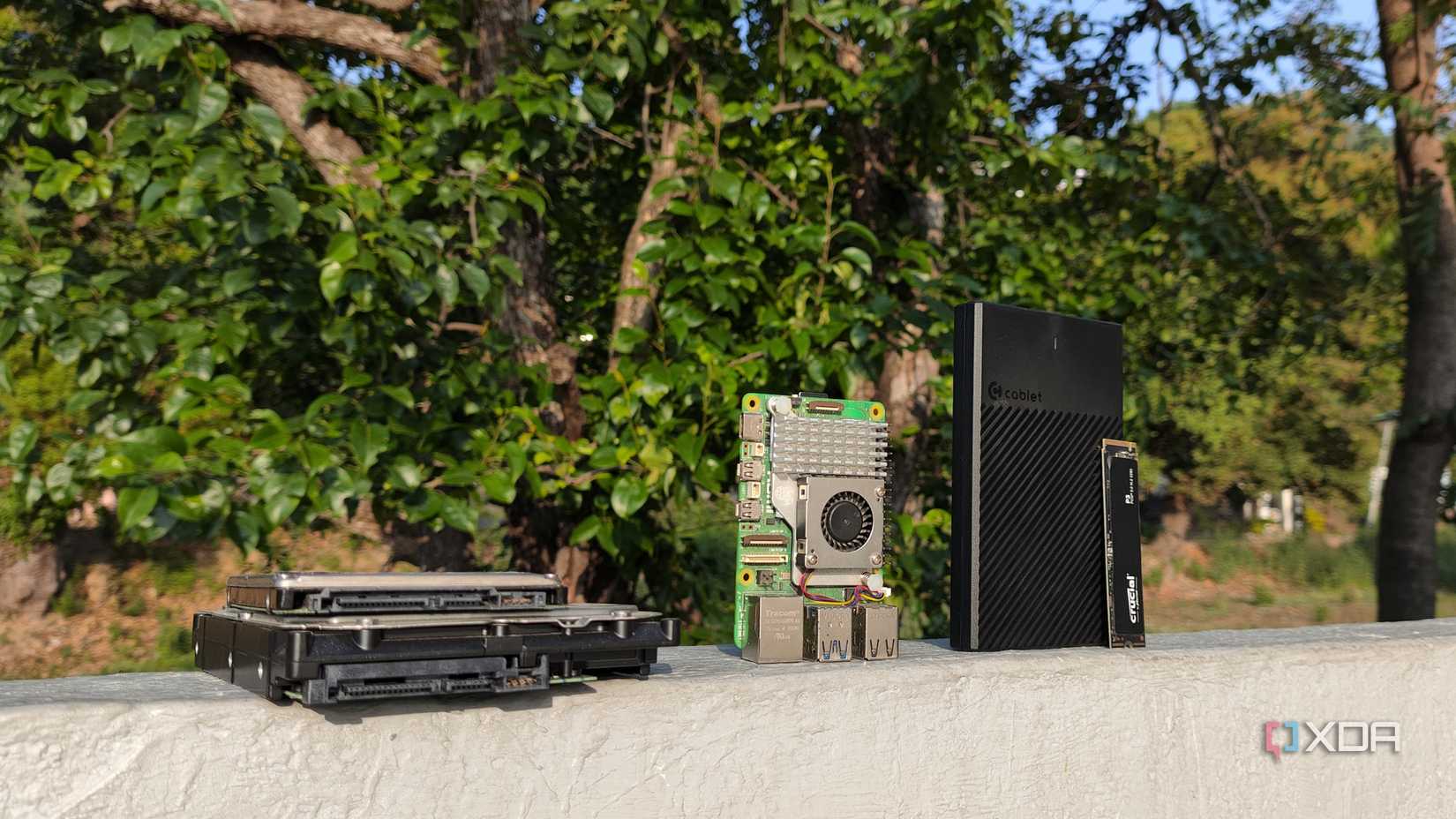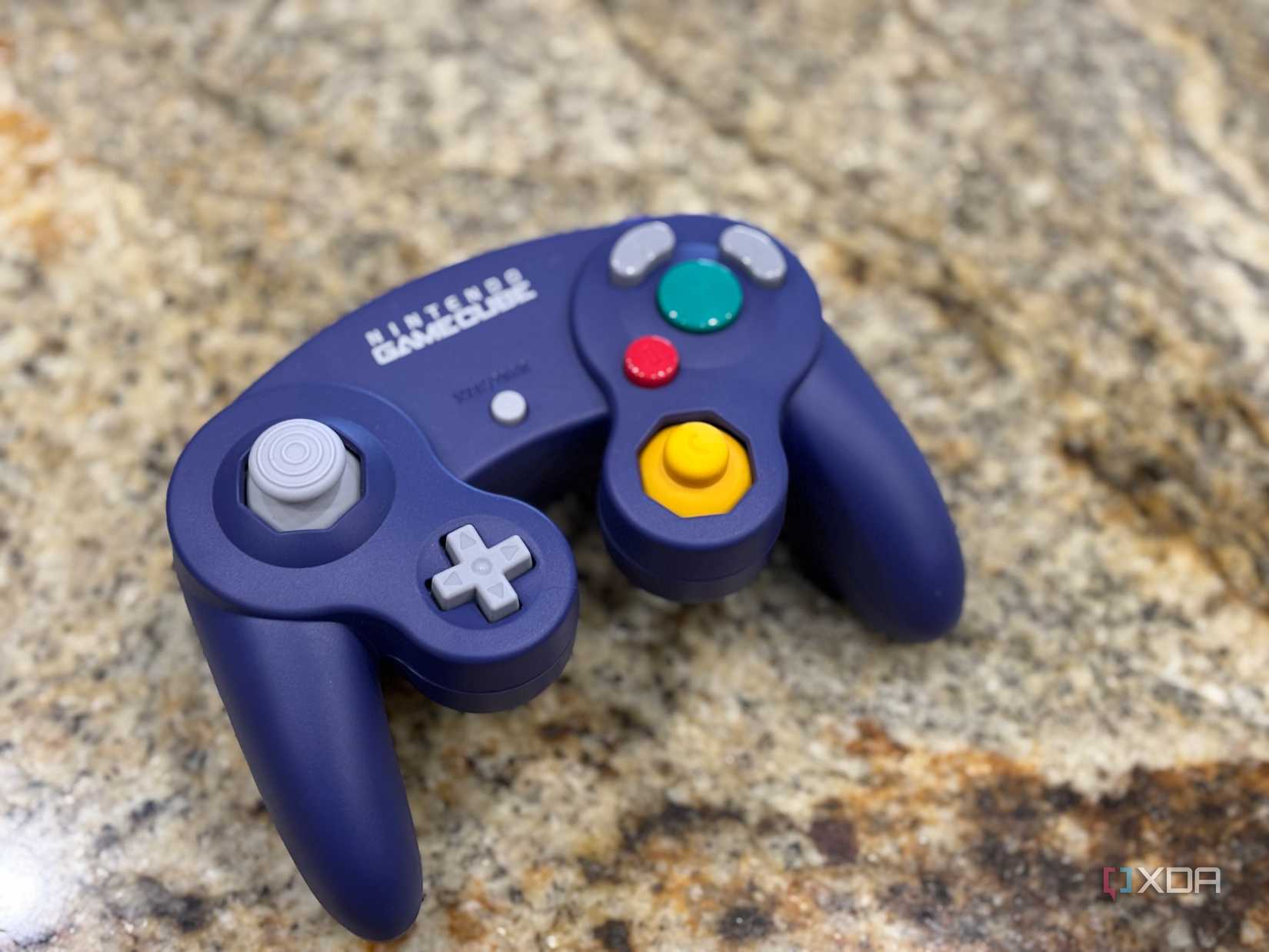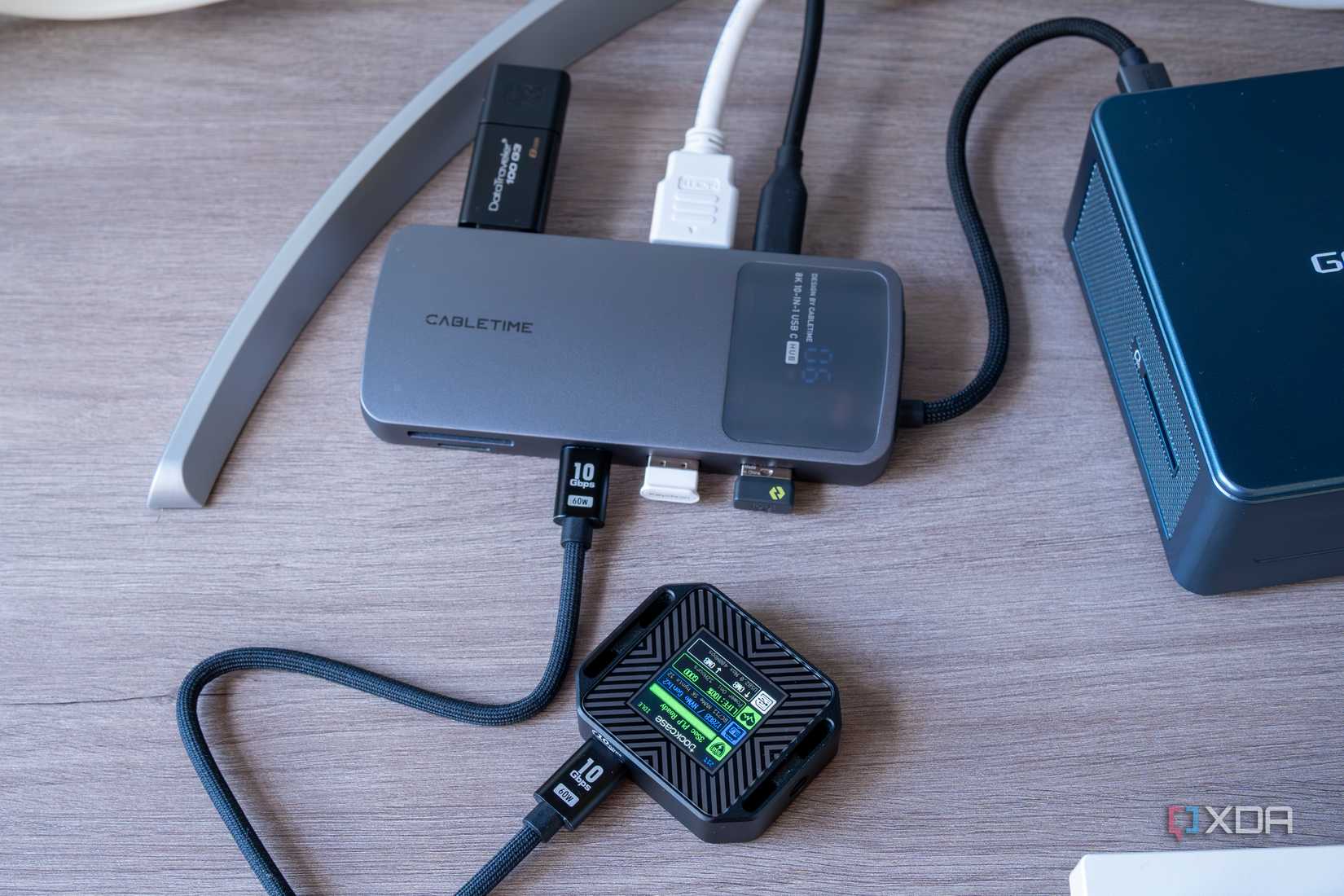Jeff's been involved in the IT industry since before the Internet and spent more than 20 years working in technical support, system administration, network administration, and consulting roles. He holds an undergraduate degree in English, a Master's degree in English with a focus on professional writing and editing, and another Master's degree in Computing & Information Systems.
After teaching university English and computer science for a few years, Jeff launched his writing career. He's written for Macworld, Tom's Hardware, groovyPost, The Mac Observer, and more before beginning here at XDA.
We all have gadgets that seemed helpful once but ended up shoved in a drawer. A Raspberry Pi has a way of making those forgotten items feel important again. With the right combination of hardware and software, clutter can quickly be transformed into functional tools. Here are just a few examples of how gadgets you’ve been thinking about recycling can come in handy with your Raspberry Pi.
Instead of clutter, these gadgets became part of projects I now use daily.
Old USB webcams repurposed for Raspberry Pi projects
How a forgotten webcam became a Pi security camera
A USB webcam might look too outdated to be worth keeping, but the Raspberry Pi makes it valuable again. I connected one to a Pi and set up MotionEyeOS to stream video, turning it into a basic but effective security camera. The image quality was far from modern, yet it worked well enough for monitoring my front door. Later, I used the same camera to check in on 3D prints without standing by the machine.
These cameras also come in handy for experiments with motion detection or object recognition. Using open-source libraries, I had the Pi send alerts when someone entered a room. The same project even helped me filter out false alarms caused by pets moving around. It was a fun way to explore computer vision without buying extra hardware.
Older webcams usually work without much setup because the Pi supports UVC devices out of the box. Plug it in, and it is ready to go with little fuss. That simplicity is part of why webcams are such a great repurposed tool. Instead of letting them gather dust, they become low-cost eyes for projects of all kinds.
Spare external hard drives turned into storage servers
How an old external drive became a tiny NAS for backups

Spare hard drives are easy to overlook when storage has moved to SSDs or the cloud. I connected one to a Pi and configured Samba to share it across my home network. Suddenly, it became a simple NAS where I could back up files and store larger media libraries. The speed was not perfect, but for everyday use it was reliable enough.
I expanded the setup with Nextcloud to create a private cloud solution. That gave me features like versioning, syncing, and remote access without relying on third-party services. It felt good knowing that an old drive now handled jobs that used to require expensive equipment. With a little configuration, the Pi made this process straightforward.
Power was one of the most significant considerations when using these drives. Some needed more current than the Pi’s USB ports could supply on their own. A powered USB hub fixed that problem and kept the drive connected without random drops. It was a small detail that made the entire project stable.
Unused wireless keyboards and mice for portable Pi setups
Why old wireless peripherals are perfect for portable Pi work
A wireless keyboard and mouse might seem useless once you upgrade to newer gear. With a Pi, they are perfect for setups that need occasional input. I used a compact wireless keyboard with a small display to make a portable Pi station. It was quick to grab and use without digging into my main workstation’s gear.
They are also helpful during operating system installs or recovery work. SSH and VNC may be convenient later, but direct control is sometimes essential. I once relied on an older Bluetooth keyboard to configure a Pi during network issues. Without it, the process would have taken much longer.
Compatibility was never much of a problem since the Pi works with most dongles and adapters. Even older models paired without much trouble. They may not be ergonomic or stylish, but they still perform the basics perfectly. That makes them a dependable backup worth keeping on hand.
Abandoned HDMI monitors and TVs for always-on displays
How an old monitor became a dedicated Pi dashboard screen
Old monitors and small TVs are often discarded because they appear outdated. I repurposed one by connecting it to a Pi and running a Home Assistant dashboard. It displays sensors, camera feeds, and valuable data all day long. That turned a forgotten screen into a permanent part of my home lab.
I also used one for entertainment with RetroPie and Kodi. The resolution was modest, but it played retro games and family photos just fine. Having a spare screen meant I did not need to move equipment around the house. It quickly became something we enjoyed instead of ignoring.
Connection was painless thanks to the Pi’s HDMI support. I never needed special drivers or adapters. Plugging in the cable was all it took to make it useful again. That kind of simplicity makes old screens worth keeping.
Retired game controllers revived for emulation and multiplayer
Why old controllers shine when paired with RetroPie on Pi

Game controllers are another category of gadgets that pile up over time. I connected a few to a Pi running Batocera, and they worked immediately. Playing classic games with the controllers built initially for them felt natural and nostalgic. It was a satisfying way to give them purpose again.
Even off-brand USB pads had no trouble pairing with the Pi. I configured several for multiplayer sessions, and they worked perfectly. It saved me from buying new controllers for friends who wanted to join in. Using what I already owned felt both economical and practical.
Controllers also worked outside of gaming for media centers. I mapped buttons to playback controls, making them convenient remotes. It was unexpected but added another layer of usefulness. Those little discoveries made the Pi even more enjoyable.
Dusty USB hubs expanded Pi connectivity and power options
How an old USB hub solved multiple Pi peripheral problems

USB hubs are often overlooked until you suddenly need extra ports. I dug one out and immediately expanded the Pi’s connections for numerous peripherals. It let me plug in a drive, keyboard, and webcam at the same time. That small change made the setup feel far more complete.
A powered hub was even better when peripherals demanded more current. Without it, the Pi sometimes disconnected devices mid-task. Adding the hub solved that by giving each device consistent power. It turned a frustrating setup into a stable one.
Passive hubs can prove useful, but you need to remember that the Raspberry Pi is limited in how much power it can provide the USB ports. The Raspberry Pi 4B shares 1.2A across all four ports, while the Pi 5 can deliver up to 1.6A to USB devices. It’s far better to use a powered hub, if you have one available.
Passive hubs remain helpful when powering smaller accessories. I keep one in my lab bag for on-the-go projects. It’s proven handy for demos and quick tests outside my main workspace. The hub may not be flashy, but it’s indispensable.
How Raspberry Pi helped me rediscover forgotten gadgets
The Raspberry Pi gave these forgotten gadgets a new purpose. Webcams turned into monitoring tools, and hard drives became network storage. Controllers, hubs, and peripherals found steady jobs in my home lab. Instead of clutter, they became part of projects I now use daily.

CPU Arm Cortex-A76 (quad-core, 2.4GHz)
Memory Up to 8GB LPDDR4X SDRAM
Operating System Raspberry Pi OS (official)
Ports 2× USB 3.0, 2× USB 2.0, Ethernet, 2x micro HDMI, 2× 4-lane MIPI transceivers, PCIe Gen 2.0 interface, USB-C, 40-pin GPIO header
The Raspberry Pi 5 will help you find new uses for those forgotten gadgets and other devices you're holding onto.
.png)











 English (US) ·
English (US) ·